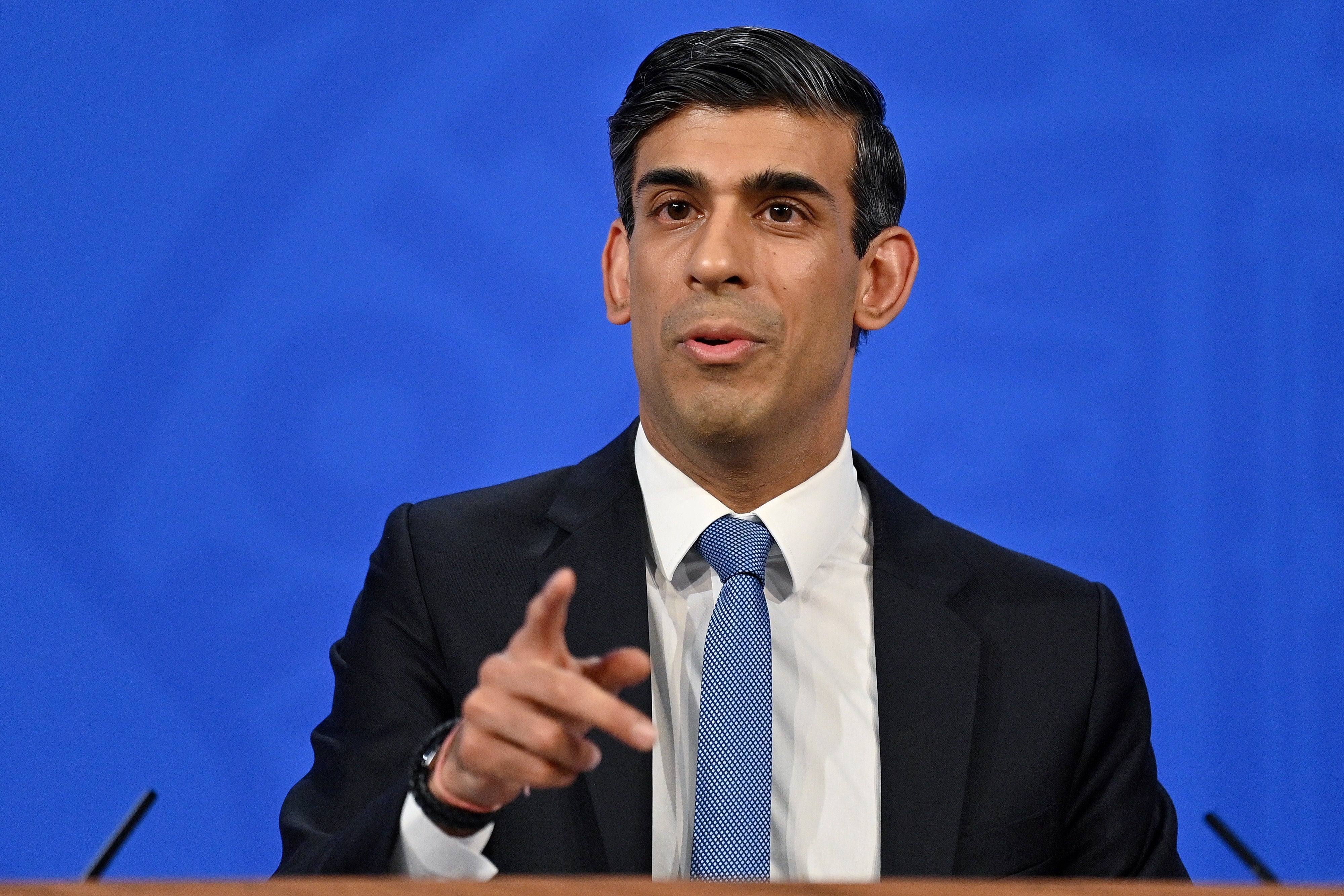Sunak promises to protect green belt in bid for votes of shire Tories who will pick next PM
Liz Truss has said she would build 1 million homes in countryside and villages

Rishi Sunak today opened a new front in his battle with Liz Truss for the Conservative leadership by declaring he will be the protector of the green belt if he becomes prime minister.
Ms Truss is comfortably ahead in polling for the battle to succeed Boris Johnson, but has unsettled some in the traditional Tory shires with a promise to build 1 million homes in the green belt around London and other English cities.
In stark contrast to her call for more homes in the countryside for under-forties, Mr Sunak said he would ban any “inappropriate” development on green belt land.
And he vowed to end the creeping development of the countryside by blocking any further changes to green belt boundaries, which have been ever more frequently used by councils to allow construction on previously protected land.
Instead, he would demand “densification” of development in cities and towns, with a planning policy focusing on “brownfield, brownfield, brownfield”.
The policy is calculated to appeal to the 160,000 Conservative members who will pick the new party leader and prime minister in a ballot ending on 5 September.
Many of them live in rural areas fearful that beauty spots could be concreted over in pursuit of the government’s target of 300,000 new homes a year by the middle of the decade.
Mr Sunak’s initiative was welcomed by the countryside charity CPRE, which said that council applications to change green belt boundaries in order to release land for housing have soared fivefold since 2013.
But it sparked alarm among housing campaigners, who fear additional restrictions will further slow the pace of house-building which is already lagging well behind target.
Polly Neate, the chief executive of homelessness charity Shelter, told The Independent that some land classified as green belt is in fact scrubland which could “sensibly” by used to deliver good-quality sustainable homes.
“After years of government failure to tackle the housing emergency and build social housing, now is not the time for more of the same outdated rhetoric on housing,” she said.
“Last year fewer than 6,000 new social homes were built while more than a million households sat on the waiting list. Local communities need a voice in what happens to their area, but that has to include the local people who need genuinely affordable, secure homes too.”
Announcing his plans, Mr Sunak said: “Green belt land is extremely precious in the UK. Over the last few years we’ve seen too many examples of local councils circumventing the views of residents by taking land out of the green belt for development, but I will put a stop to it.
“Under my plans, if a local community has clearly judged a development to be inappropriate there are no circumstances in which planning permission should be granted.
“More homes can be built while protecting the green belt and our most precious landscapes. Data shows that well over a million homes could be built across the country on brownfield sites with particularly high capacity in the North West, Yorkshire and the West Midlands.
“These places are crying out for new homes and a combination of building here and more inner-city densification will help us provide the housing that the UK needs, whilst protecting the countryside around our towns and cities.”
His promises stand in stark contrast to Ms Truss’s decision to prioritise homes for young people to buy.
Launching her leadership bid earlier this month, the foreign secretary said: “We need to build a million homes on the London green belt near railway stations, and around other growing cities, specifically to allow the under-forties to be able to own their homes. We should allow villages to expand by four or five houses a year without having to go through the planning system, so people can afford to live locally.”
Analysis by the House of Commons Library shows that the green belt has shrunk by around 1 per cent since 2006, largely driven by local authorities adopting new plans that alter the size of their green belt.
CPRE director of campaigns Tom Fyans said: “Applications to change green belt boundaries in order to release land for housing have soared five-fold since 2013.
“This is despite the pressing need to revitalise our countryside so that it can suck up carbon, boost wildlife and provide much needed space for recreation in nature. We wholeheartedly welcome Mr Sunak’s brownfield-first approach to planning.”






Join our commenting forum
Join thought-provoking conversations, follow other Independent readers and see their replies
Comments